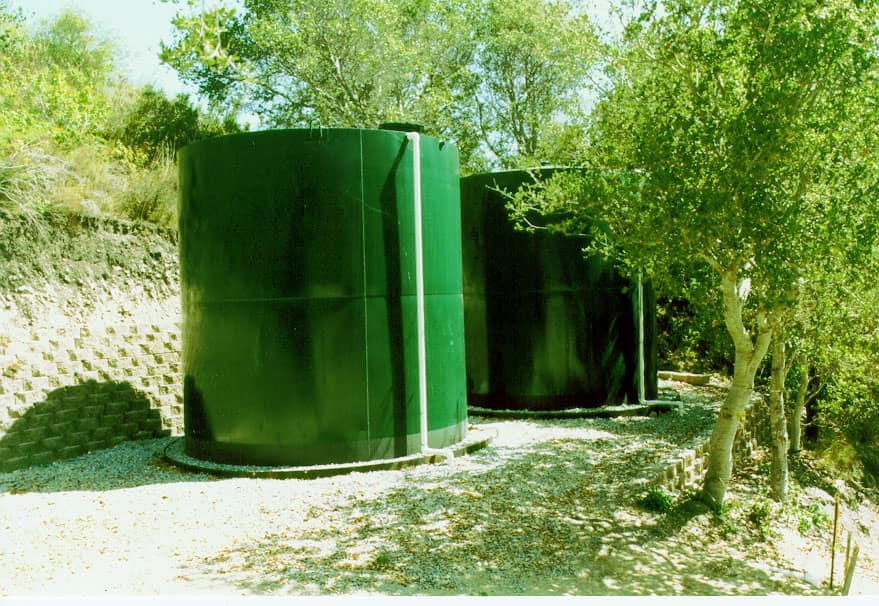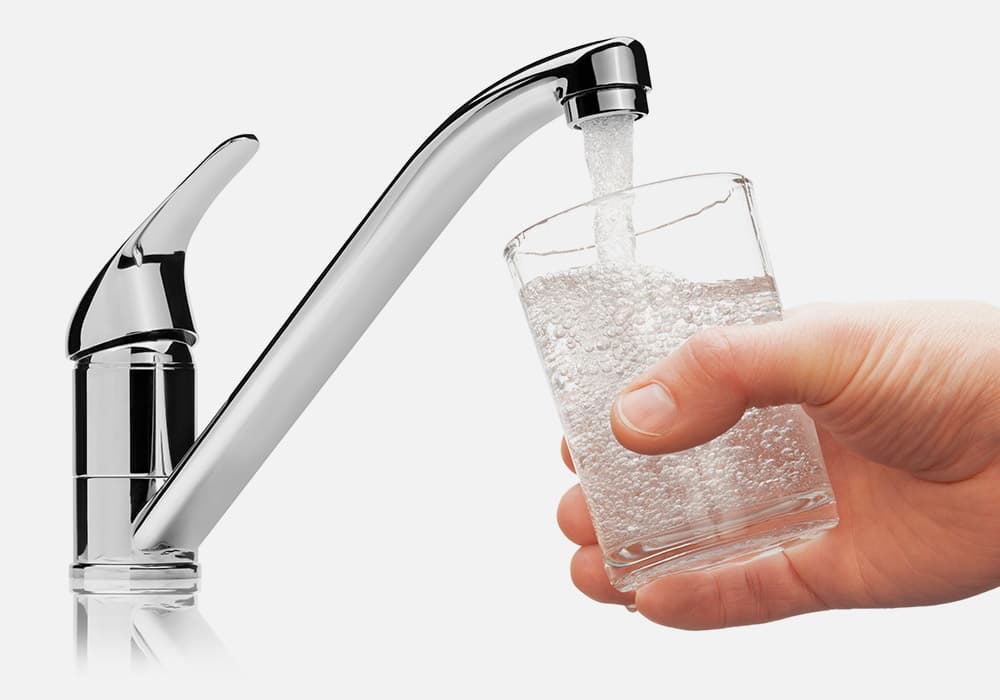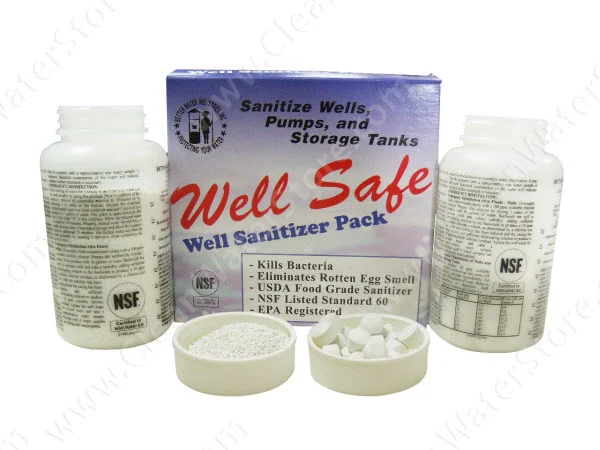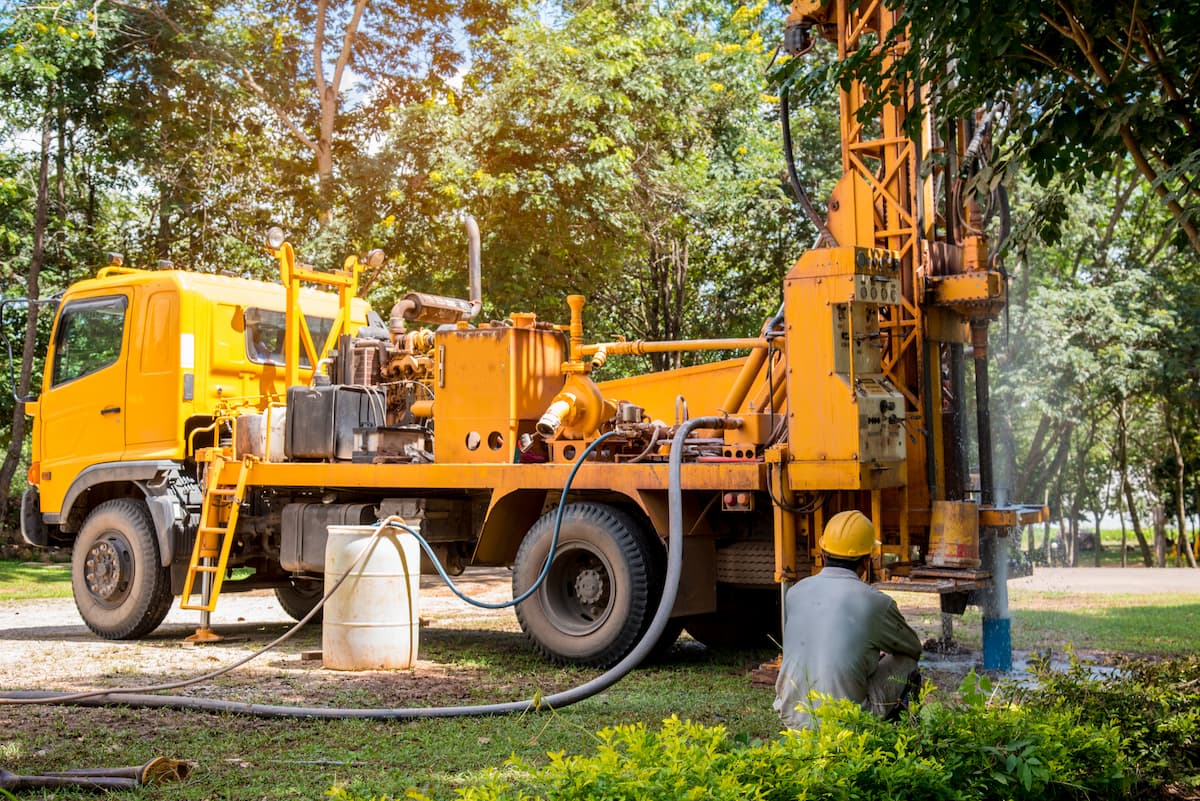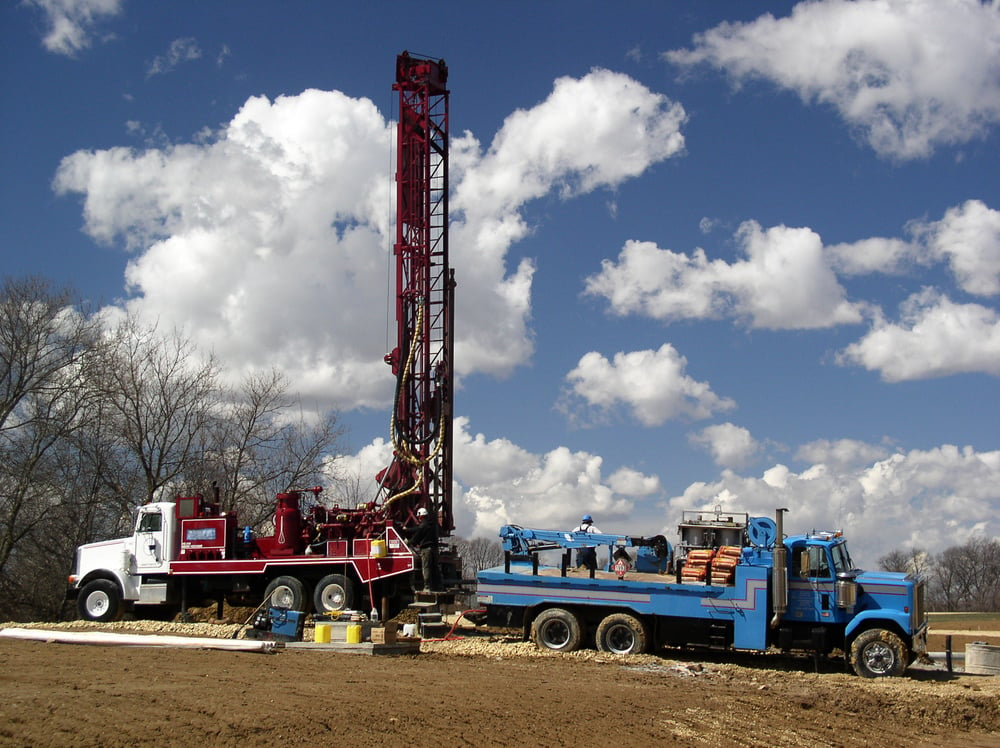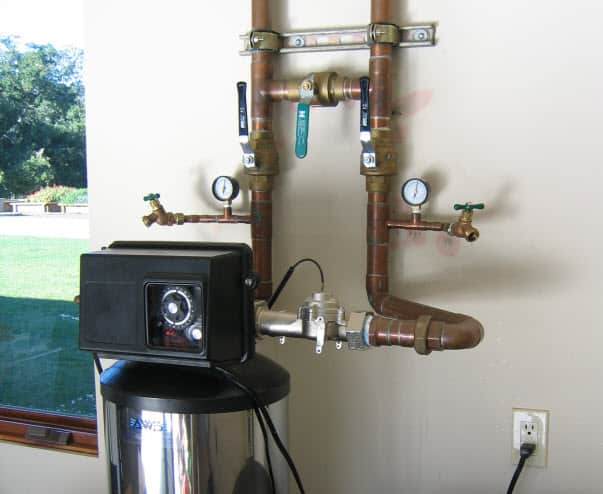How To Remove Sand From Well Water With a Centrifugal Sand Separator
How To Remove Sand From Well Water With a Centrifugal Sand Separator
Diving deeper into our focus on well water treatment systems for removing sand and sediment, we will now examine the benefits of centrifugal sand separators:
In a centrifugal sand separator, the water rushes through the device, and the centrifugal forces sling large particles, sand, debris, and sludge outward to the separator wall and downward in a spiral motion.
Centrifugal sand separators protect irrigation system equipment from abrasive particles, enhancing operational efficiency and reducing maintenance requirements.
Gravitational force pulls the separated solid particles downward past the spin trap plate into the solids holding chamber. Cleaned water then rises through the vortex locator and returns to the plumbing system.
These systems do not have screens, slotted baffles, moving parts, or filter media, so there is no pressure loss.
No maintenance is required; however, the purge valve must be opened periodically to flush out accumulated solids. Purging can be done manually, or an automatic flush valve can be used. These valves can also be economical as they protect entire water systems from abrasive wear, clogging, and premature replacement.
Centrifugal sand separators effectively remove over 98% of all 200 mesh-sized particles (74 microns) and greater. If finer filtration is needed, another type of secondary filter should be used to remove the finer particles.
Lakos Sandmaster
We recommend the Lakos Sandmaster for most residential and irrigation needs. If your sand and sediment are normal size, 74 microns or larger, the Sandmaster will have no trouble filtering them from your water.
Lakos Separator
We recommend the Lakos Separator for larger systems or applications such as irrigation, which can handle up to 290 GPM.
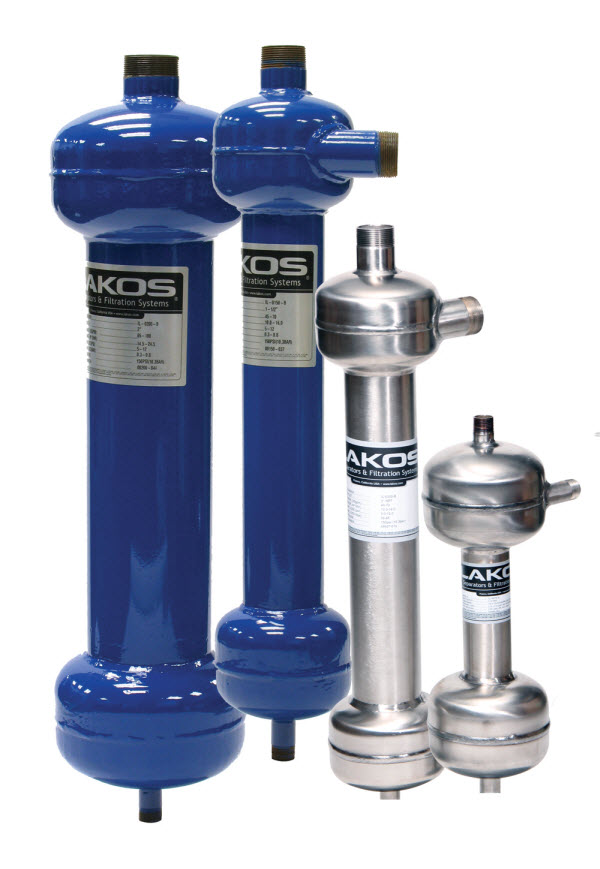
What is a Centrifugal Sand Separator?
A centrifugal sand separator is a highly effective filtration system designed to remove suspended solids and inorganic materials from liquids. By harnessing the power of centrifugal force, these separators can efficiently remove sand, gravel, and other inorganic contaminants from water sources. The process works by separating particles of different densities through gravity, making it an ideal solution for various applications. Centrifugal sand separators are widely used in agriculture, manufacturing, and water treatment industries, where clean water is essential for optimal operation.
How Centrifugal Separators Work
Centrifugal separators operate using a unique flow structure that generates centrifugal force to separate particles from liquids. Here’s a step-by-step breakdown of the process:
- Entry: Liquids and solids enter the separator and begin to travel in a circular flow.
- Centrifugal Action: The centrifugal force created by the circular motion pushes heavier particles toward the walls of the separator.
- Spiral Motion: These particles move downward in a spiral motion due to gravity.
- Collection: The separated particulates collect in the solids holding chamber at the bottom of the separator.
- Clean Water: The filtered water is drawn to the separator’s vortex and exits through the outlet, ready for use.
This efficient process effectively removes sand and other suspended solids, providing clean water for various applications.
Benefits of Using a Centrifugal Separator
Centrifugal separators offer numerous advantages, making them a popular choice for water filtration:
- Efficient Separation: They effectively separate sand and other solids from liquids, ensuring clean water.
- Fine Filtration: Capable of removing inorganic materials down to 75 microns.
- Low Maintenance: These systems are virtually maintenance-free, requiring minimal upkeep.
- Handles Large Particles: They can manage large particles, providing excellent filtering performance.
- Cost-Effective: A budget-friendly solution for water filtration and maintenance.
- Versatile Applications: Suitable for use in agriculture, manufacturing, and water treatment industries.
Choosing the Right Centrifugal Sand Separator
Selecting the appropriate centrifugal sand separator involves considering several key factors:
- Flow Rate: Ensure the separator can handle the required flow rate for your specific application.
- Particle Size: Choose a separator that can effectively remove particles of the desired size.
- Specific Gravity: Consider the specific gravity of the particles you need to remove and select a separator that can manage it.
- Material: Opt for a separator made from durable materials that can withstand your application’s conditions.
- Installation: Look for an easy separator to install and maintain, ensuring long-term efficiency.
Installation and Maintenance of Centrifugal Separators
Installing and maintaining centrifugal separators is straightforward with these tips:
- Follow Instructions: Adhere to the manufacturer’s installation guidelines.
- Proper Sizing: Ensure the separator is appropriately sized for your application.
- Regular Inspections: Periodically inspect the separator for any signs of wear and tear.
- Periodic Cleaning: Clean the separator regularly to maintain optimal performance.
- Automatic Flush Valve: Consider installing an automatic flush valve to automate the purge process, protecting your entire water system from abrasive wear, clogging, and premature replacement.
By following these guidelines, you can ensure your centrifugal separator operates efficiently and effectively, providing clean water for your needs.
If you still have questions, don’t hesitate to e-mail us at support@cleanwaterstore.com, leave us a message on Facebook, or use our online contact form for prompt, personalized assistance from our trained professionals. Thanks for reading!


